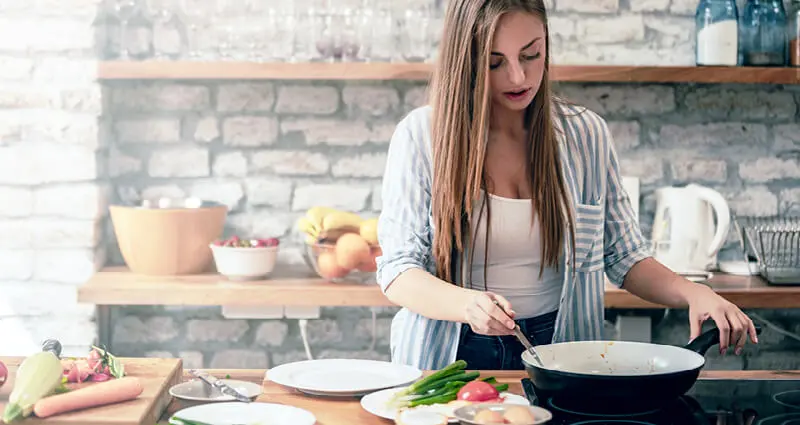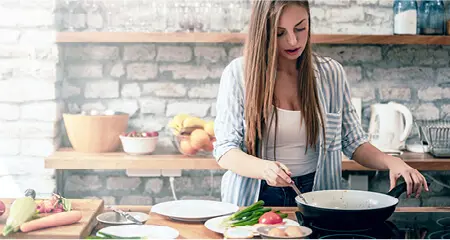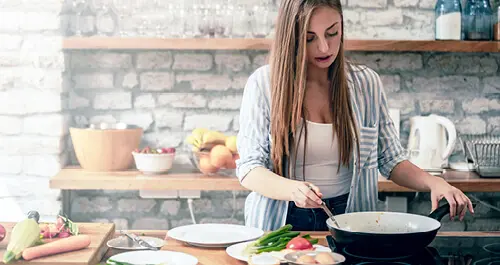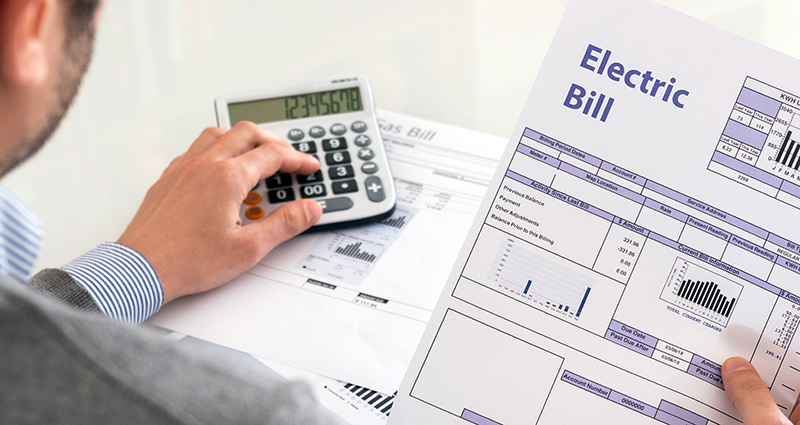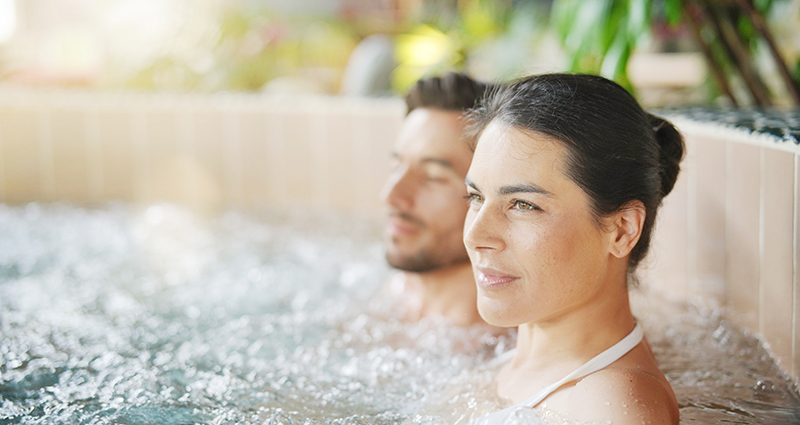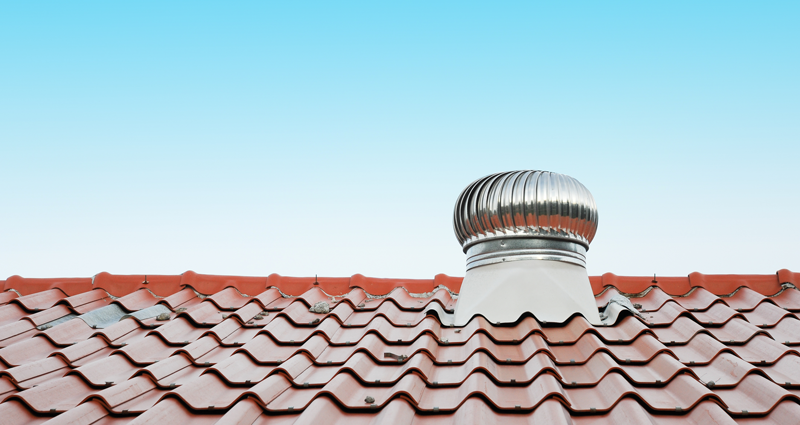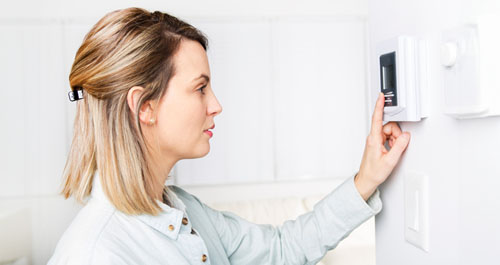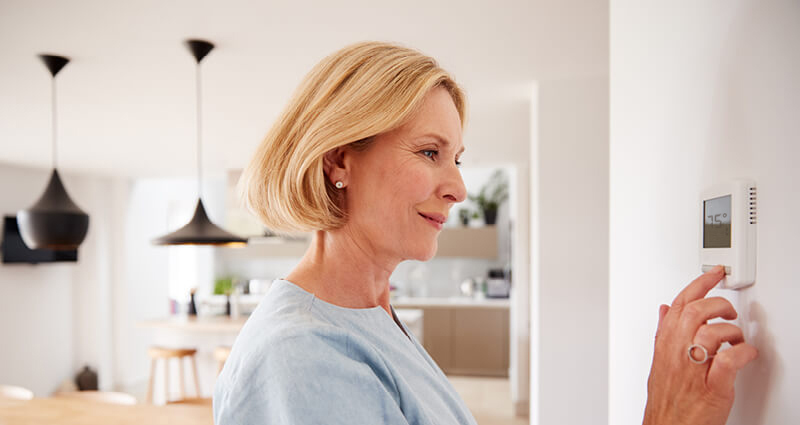Calculating the cost of running your electric oven and stove
What do these wattage numbers mean for your wallet? Here are a couple of quick calculation examples2:
- At an average electricity rate of 12¢ per kilowatt-hour, operating a 3,000-watt oven at high heat costs about 36¢ per hour.
- A small burner at about 1,200 watts can add roughly 14¢ per hour, while a larger burner may match the oven at 36¢ per hour.
These figures fluctuate with temperature and cooking time, but for most households, the difference amounts to only a few dollars each month, unless you’re cooking around the clock.
Where to find wattage numbers
To find out how much power your oven uses, look for a label or plate with the wattage information. This is usually found inside the oven door frame or on the back of the oven. For cooktops, check underneath or on the back. If you’re not sure, check the owner’s manual for details.
Factors affecting electric oven energy consumption
Several factors influence how much energy your oven and stove use. Temperature settings are the biggest driver: higher temps equal higher consumption. Cooking habits and control calibrations also play a role. Opening the oven door frequently lets heat escape, forcing the appliance to work harder. While these variables make exact calculations tricky, the overall impact is usually modest for typical home cooks.
Energy-efficient electric ovens and stoves: what to look for
If you’re shopping for a new range, finding energy efficiency information can be challenging. Ovens and ranges aren't covered by the ENERGY STAR program, and you won’t find EnergyGuide labels on them either. Still, there are smart choices you can make.
- Lower wattage models consume less energy, though they may heat more slowly.
- Convection ovens are a great option because they cook food faster at lower temperatures.
- Induction cooktops, while pricier, use electromagnetic energy for heating, which saves power.
- Self-cleaning ovens, thanks to their extra insulation, tend to be more efficient overall.
- If installing gas is possible (or a connection is already available), switching from electric to gas can provide an automatic boost in efficiency.
Tips to reduce your electric oven and stove energy usage
You don’t need a new appliance to cut energy costs. Simple habits can make a big difference.
- Cook multiple dishes at once to maximize oven use and rely on your microwave for reheating leftovers since it uses far less energy.
- Keep the oven door closed during cooking and use the window and light instead.
- Regular cleaning helps maintain efficiency by preventing baked-on residue from acting as insulation.
- Glass and ceramic bakeware transfer heat better than metal and starting a self-cleaning cycle right after cooking can shorten its duration.
Final thoughts: making smart choices for energy efficiency
Electric ovens and stoves are essential appliances in many kitchens, and while they do consume a fair amount of energy, the cost is usually manageable with mindful habits.
Understanding wattage and usage patterns helps you make informed decisions, whether you’re calculating your monthly energy bill or shopping for a new appliance.
By choosing efficient models and adopting simple energy-saving practices, you can enjoy the convenience of electric cooking without worrying about excessive costs. In the end, a little awareness goes a long way toward keeping your kitchen both functional and efficient.
1 Energysage: How many watts does an electric oven use
2 Oupes: Electric stove energy usage: watts and amps explained













